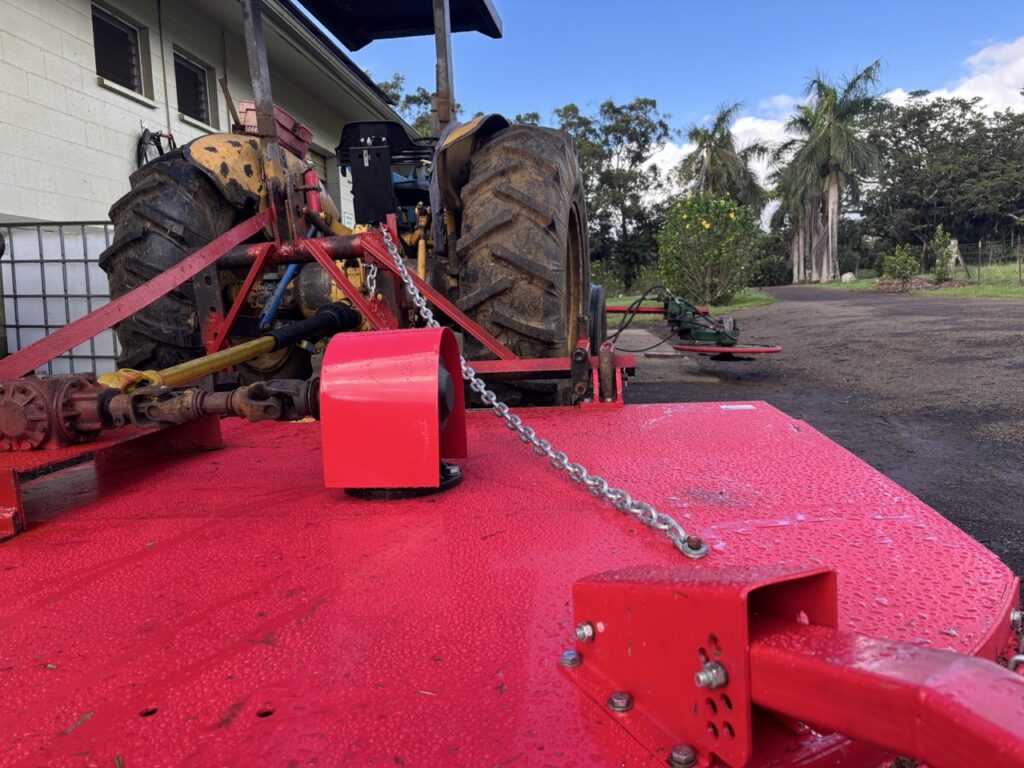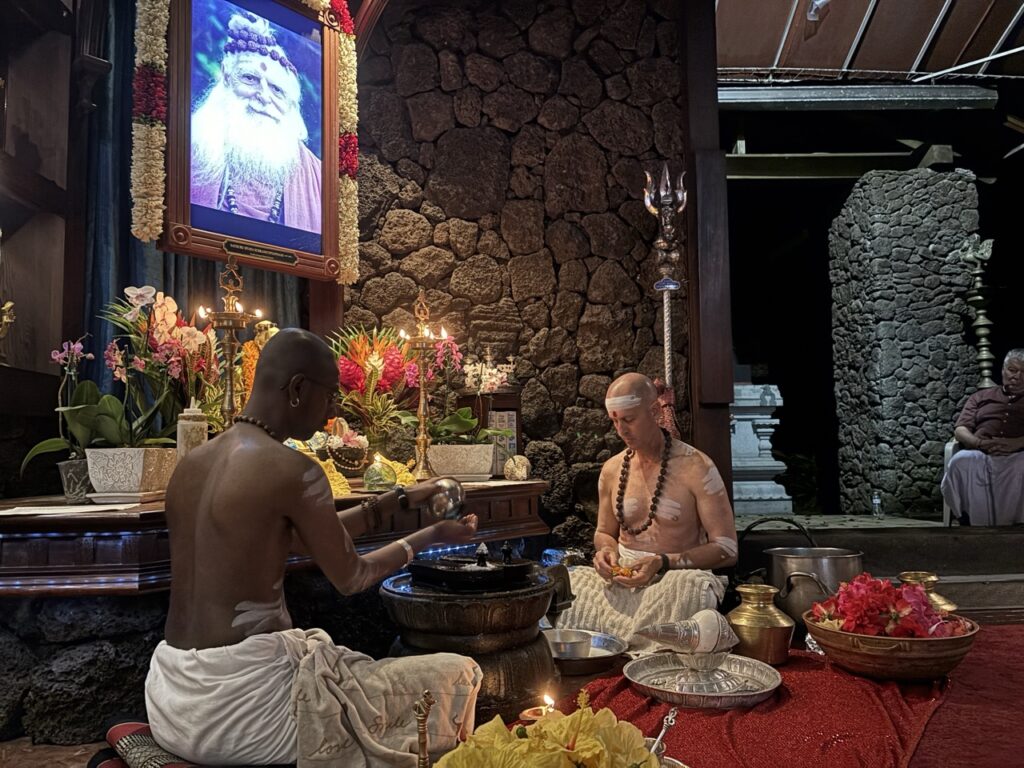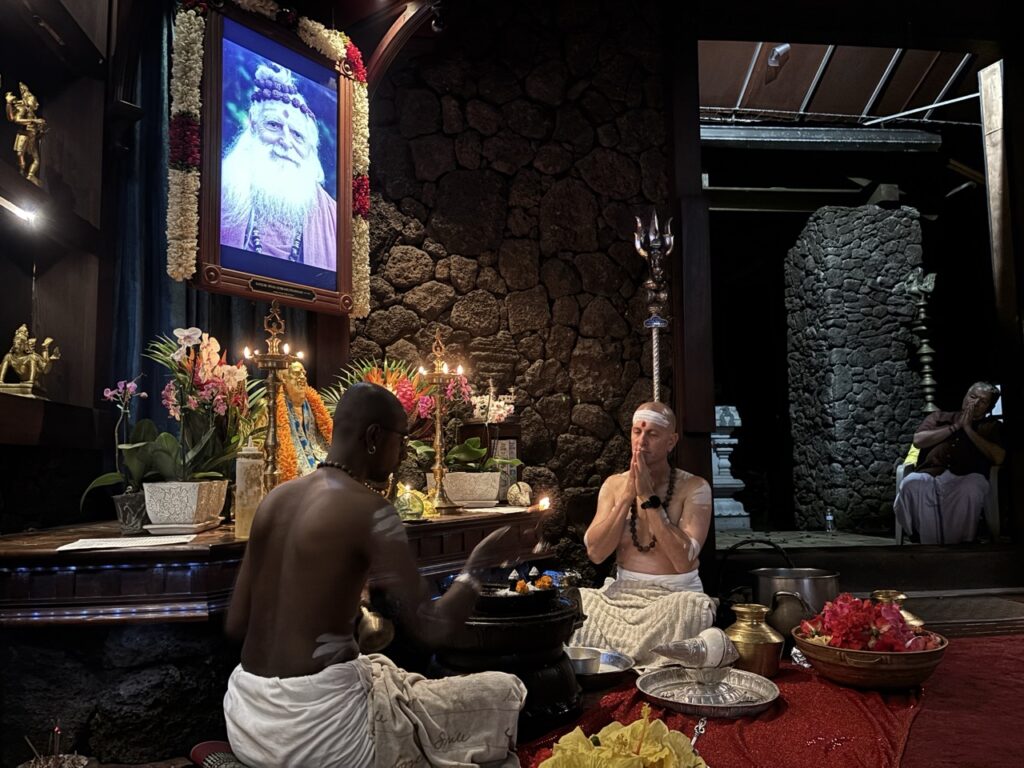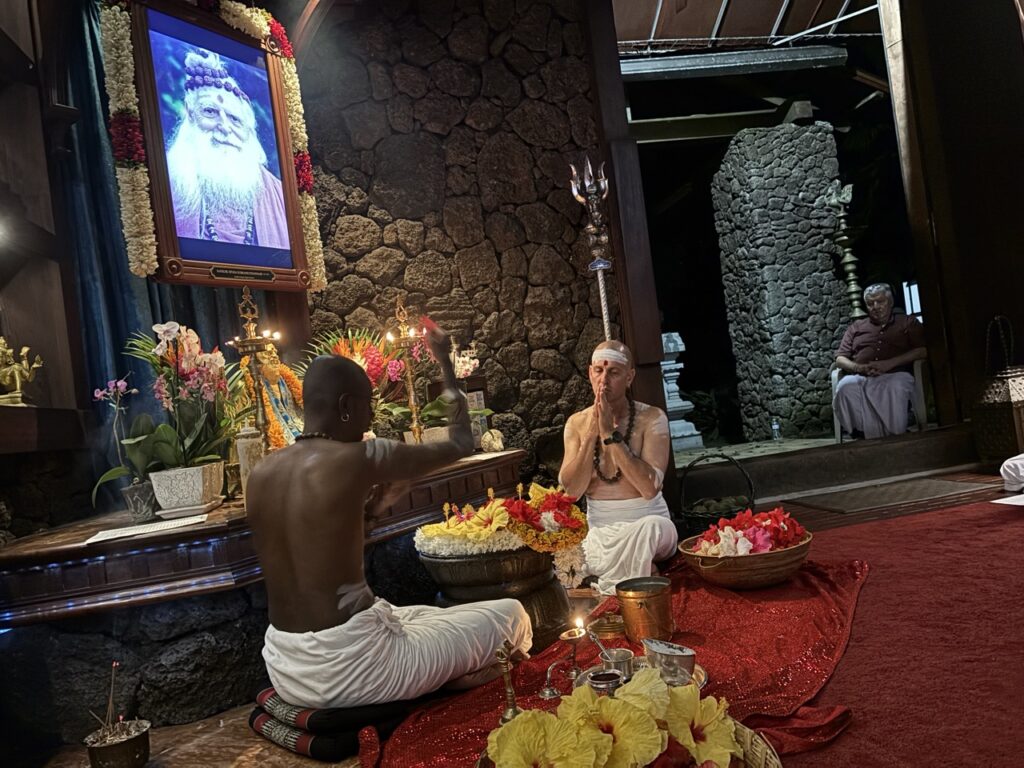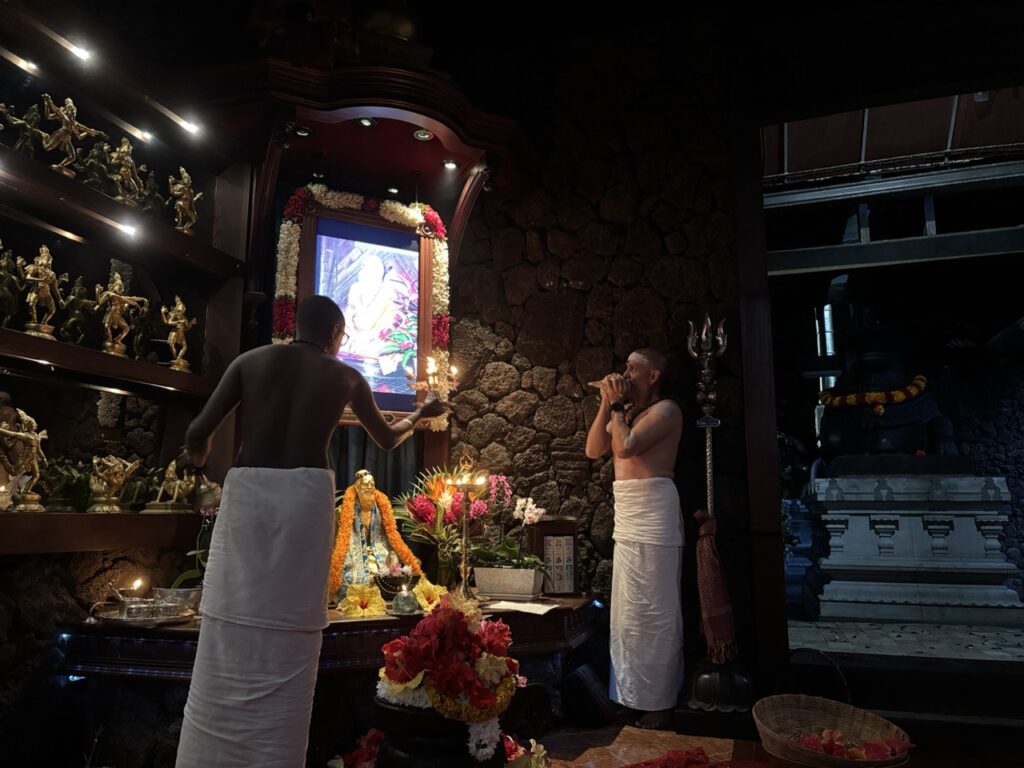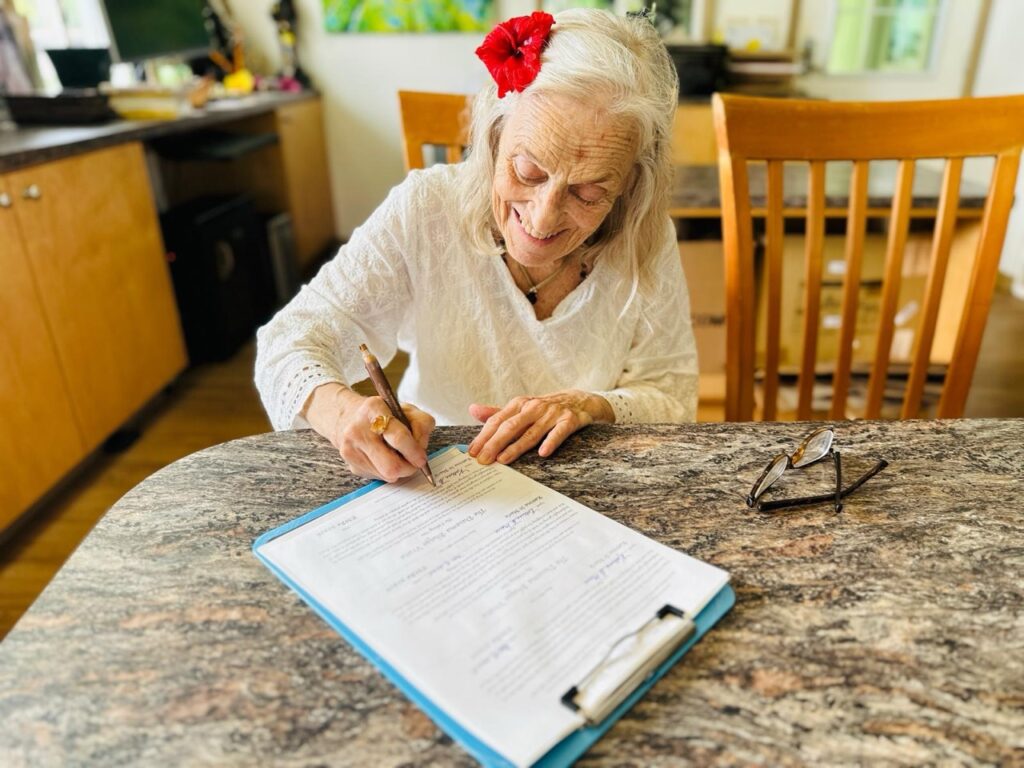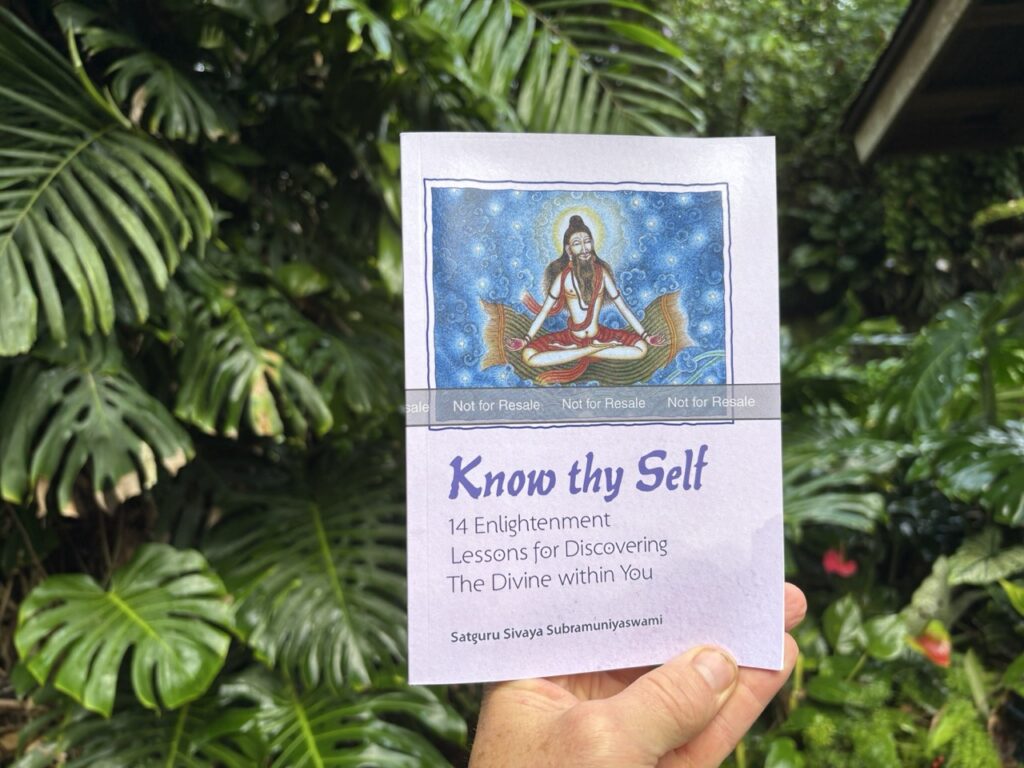Kadavul Guestbook, and Sadhu Paksha begins
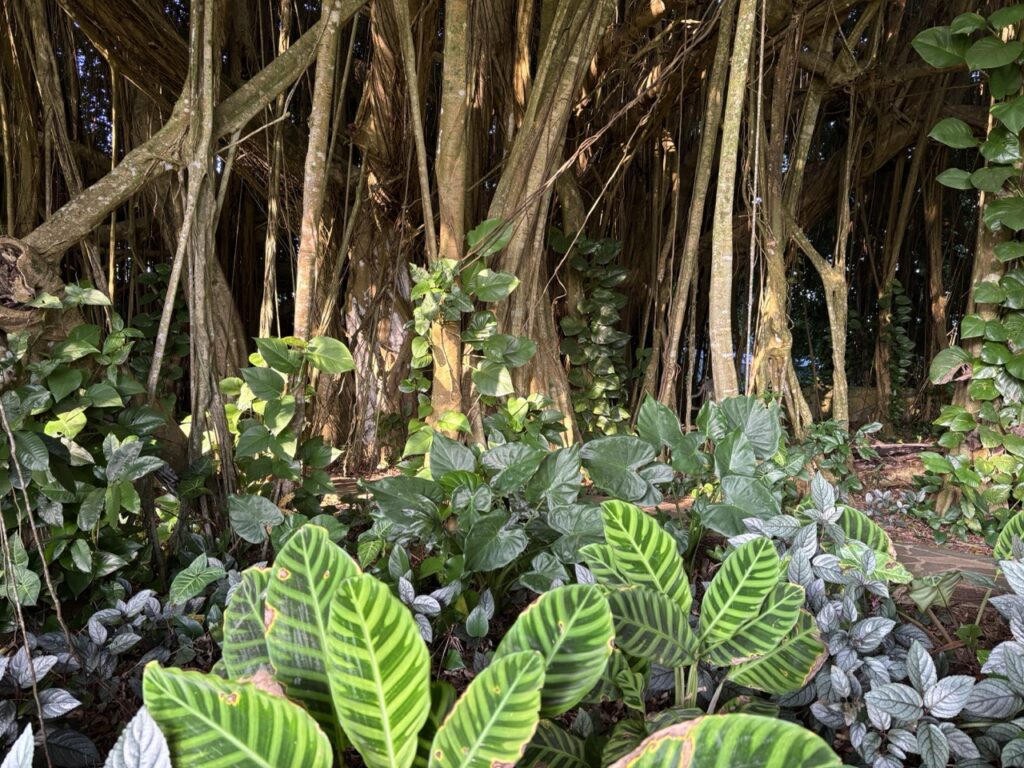
The first two weeks of April, August and December are called Sadhu Paksha here in the Aadheenam, during which the monks have a individualized early morning routine. We can do personal sadhanas on various parts of the grounds, and catch up on extra rest if needed.
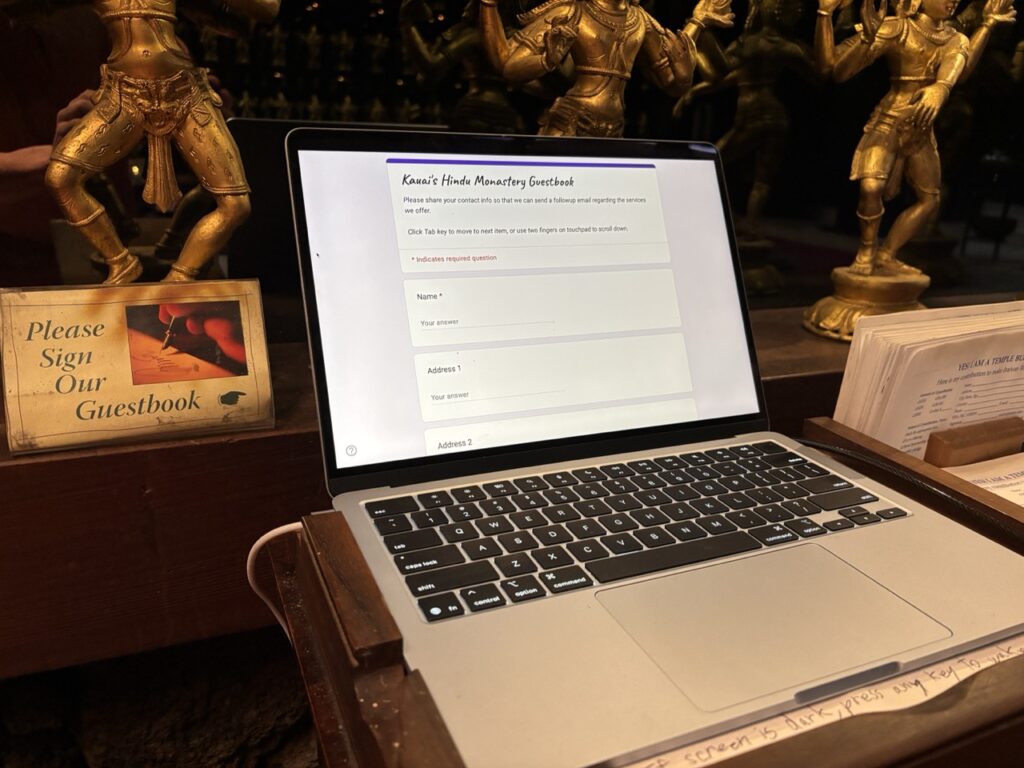
For many years we had a handwritten guestbook in Kadavul Temple for visitors to leave their contact information if they wished. We consider the email address as the most useful information, as we can conveniently send a followup note sharing our services some time after they visit. While handwriting is consider quaint these days, we often find the letters written to be questionable at best, and illegible at worst. Too much time was spent trying to decipher email addresses, not to mention typing them into a computer list in the first place. Also, many people did not leave a email address at all. We finally decided to switch to a digital guestbook, which not only encourages correct spelling and is fully legible, but allows us to simply copy all the email addresses for a given period and paste into a followup note.
Kadavul Guestbook, and Sadhu Paksha begins Read More »


